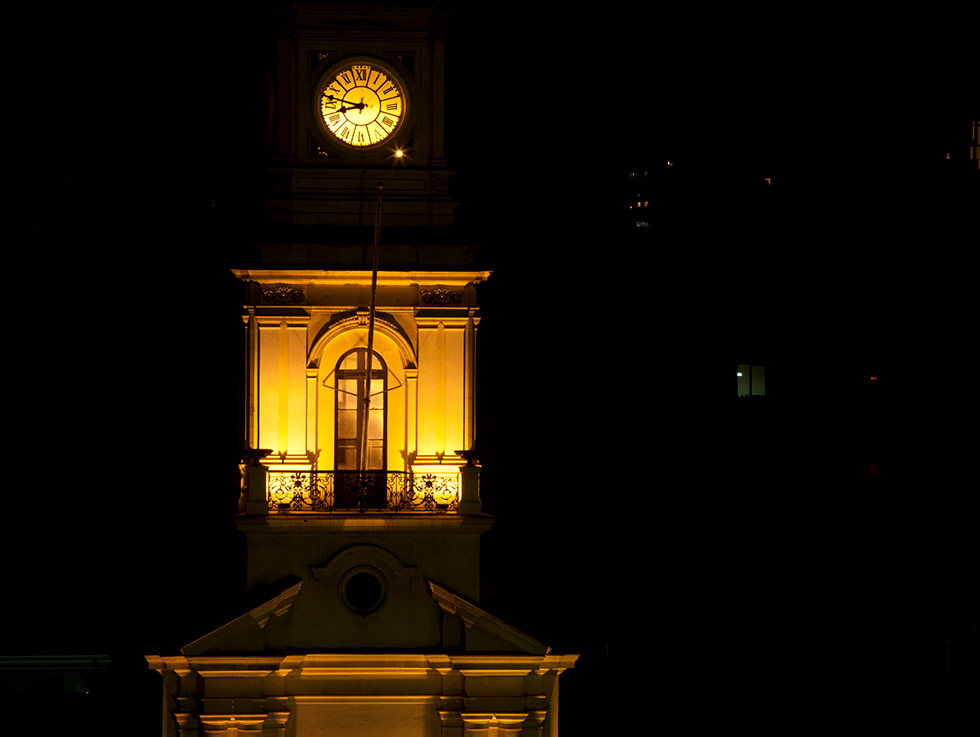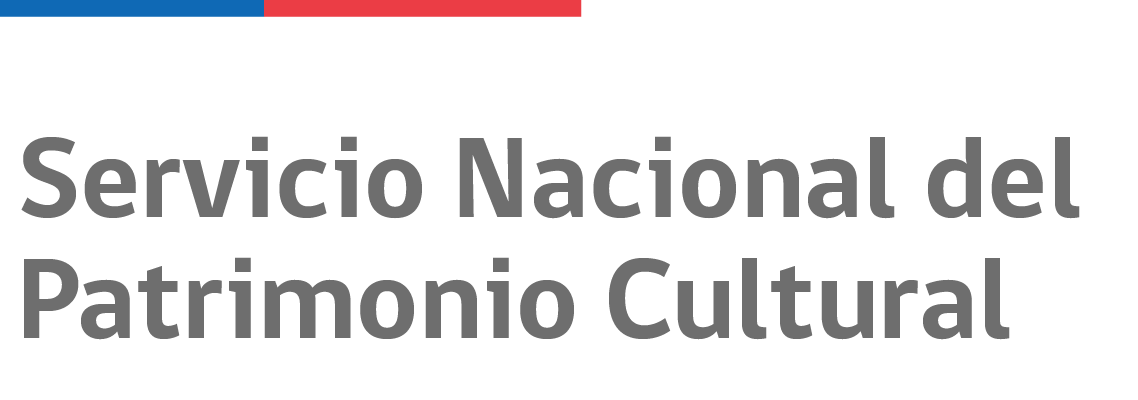
Services:
- Guided visits
- Floor map
- Public transport
Opening times:
Admission:
About the institution

Tower of National History Museum.
The National History Museum has its origin in an exhibition about Chile’s colonial past that was held in 1873 on the initiative of Benjamín Vicuña Mackenna, then City Governor of Santiago. The pieces collected for this exhibition were then used to found a museum in the Hidalgo Castle on the city’s Santa Lucía Hill.
However, after the death of Vicuña Mackenna in 1886, this museum was allowed to fall into disrepair. Its collections were divided out between different state bodies and were not brought together again until 1911 when, as part of celebration of the centenary of the country’s independence from Spain, a National History Museum was created.
Located initially in the National Fine Arts Museum and then in the National Library, the Museum was still, however, hampered by the lack of its own premises. This was resolved in 1982 when, after four years of restoration work, it moved to its current premises on Santiago’s Plaza de Armas square.
The building
Between 1609 and Chile’s independence from Spain, the site where the Museum is now located was occupied by the Real Audience (the principal court of law under colonial rule). The present neoclassical building, completed in 1808, is where the first National Congress of the newly independent republic met in 1811 and became its first seat of government.
Inside the Museum
The Museum’s permanent exhibition comprises 18 rooms that trace the country’s history from its first indigenous inhabitants through to the Popular Unity government of President Salvador Allende (1970-1973). They provide an overview of the country’s political and social history as well as aspects such as the development of education and public transport. Exhibits include archaeological objects, furniture, clothing, paintings, tools and coins.
The Museum also has a library, open to the public, containing some 17,000 books on topics that include the history of Santiago and the country as a whole, heritage architecture and popular art as well as biographies of key figures. Its photographic archive comprises more than 232,000 print photographs and 40,000 digitized images..
Don’t miss
From Wednesdays to Sundays, visitors can climb the Museum’s Benjamín Vicuña Mackenna Tower. Built in its current form in 1884, it offers a privileged view over the Plaza de Armas square, with the Cathedral on its western side, as well as an opportunity to see the inner workings of its clock.






